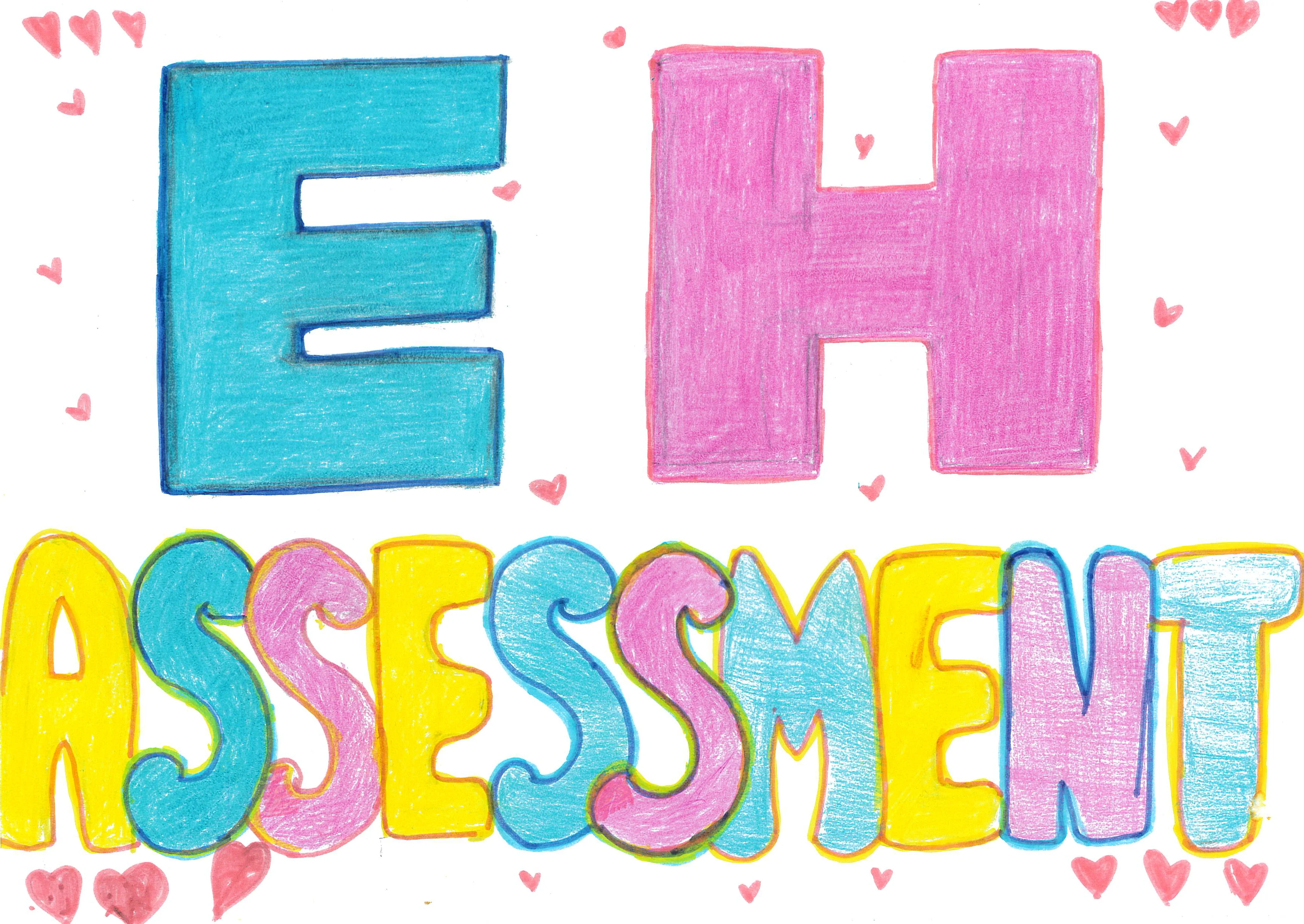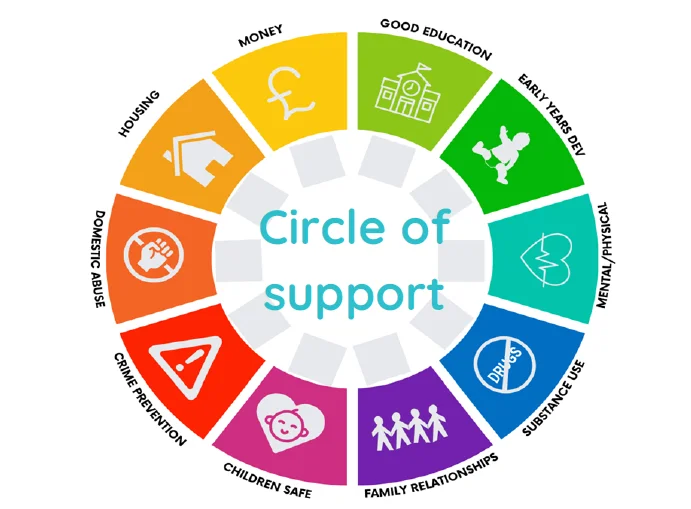Understanding your needs
It’s important to understand what support you and your family might need so that we can help you access the right service at the right time. We do this by having a conversation about what is working well and what additional support might benefit your family.
We use a document called Circle of Support to help guide this conversation. The Circle of Support has a set of question prompts for parents and carers, and another set of questions specifically for children and young people. We focus on all those living in your family home, and wider family connections, to develop a clear picture of what day to day life is like, and these tools help us to get the views of everyone in your family.
Your Lead Professional will then transfer that information into an Early Help Assessment, which is stored safely on the case recording system we all use, called EHM.


The early help assessment isn't a referral form for other professionals to complete in order to receive another service to support the family. It's used to identify the help that's needed, and to inform a family action plan of support which will identify who may be able to best support you.
The assessment can be shared with other services, who can offer additional support. It helps everyone to work together, to make sure you get the right help at the right time, and to strengthen community connections. It's a shared document so that you only tell your story once.
We use a Restorative Approach which focuses on asking key questions to understand why there are challenges or concerns. The idea is to uncover the root causes, address any harm, and improve things for children, young people and families.
The goal is to work together to find solutions.
How we understand the needs of your family
- When completing an assessment, we'll work with family members to build relationships and involve them in every part of the process
- We'll work with each child to understand what's important to them and place them at the centre of the assessment
- We'll use different activities to help gather information, and with families’ agreement we'll speak with other professionals who have more information that's important to include. This could include school, nursery, or health visitors
- We'll talk about family history as this informs us of each child’s life experience, and include strengths and achievements
- We'll focus on all members of the family and how their lives are, or have the possibility of, impacting on other household members
- We may use other types of assessment tools, such as an exploitation risk assessment, if we're worried about the safety of a family member
- We'll include any other assessment that has already been completed, such as the information contained in an education, health and care plan, or information collected in reports from an education, health and care needs assessment, to avoid duplication
- We'll always include factual information in the assessment, and where professional judgement or opinion is included this will be clearly noted
- Assessments will be clear, informative, and not overly descriptive to ensure that we can identify what each part means for the child/ren
- We'll use the assessment to inform a family plan which everyone will work towards, and where continued or more help is needed we may need to revisit the assessment

